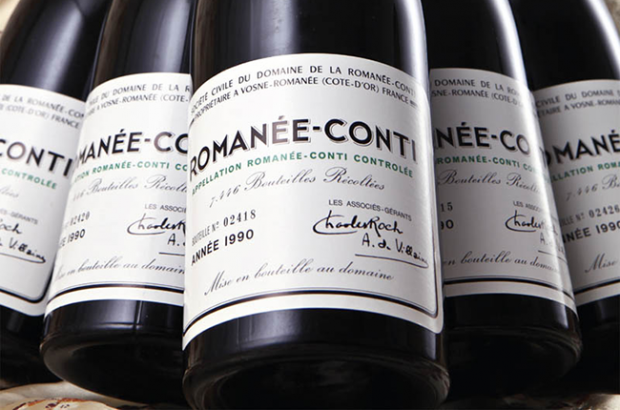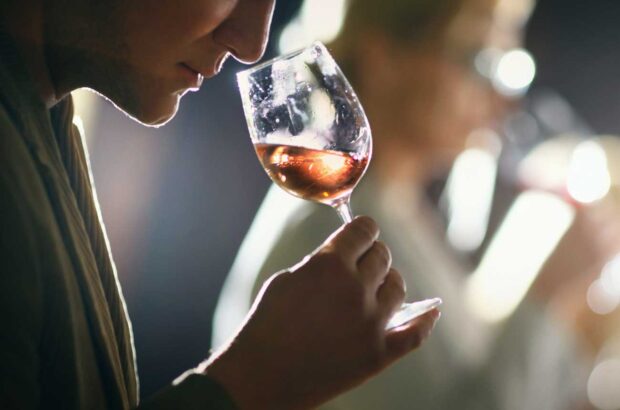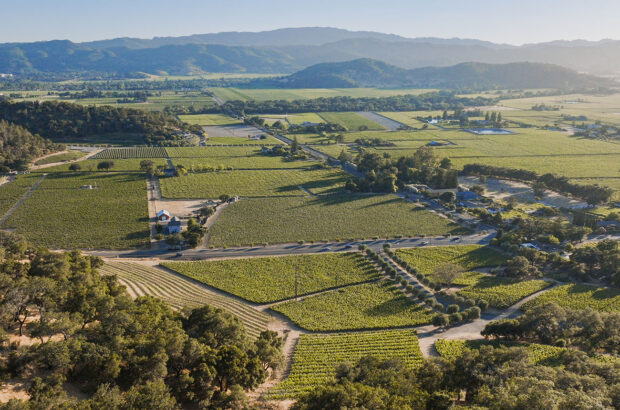The unknown, unsung appellations of Bordeaux have superb terroir and world-class potential – and we're only just realising it, Oz Clarke reckons.
The veteran wine writer and broadcaster has spent months tasting ‘literally hundreds of wines from the places no smart folk go, from chateaux whose names wouldn’t raise a flicker of recognition…’ for his new book.
And he is ‘amazed and excited by their personality and flavour differences,’ he writes in this month’s Decanter magazine.
Clarke makes the point that the Romans recognised many of these regions – like ‘the tumbling slopes of limestone clay’ of Blaye on the right bank of the Gironde opposite Haut-Medoc – as perfect for vines.
‘The conditions of this grand limestone plateau haven’t got worse, they just need people to make the best of them.’
All over Bordeaux there are wines – ‘the Blayes and Bourgs, Fronsacs, Lalandes-de-Pomerol, Castillons and Francs…’ – that have immeasurably improved as knowledge of viticulture and viniculture has increased, and younger, university-educated generations have taken over.
Clarke visits satellites of St Emilion, like Lalande-de-Pomerol whose wines, he says ‘bear a strong similarity to good Pomerol’, and ‘rising star’ Castillon, whose limestone plateau is the ‘seamless’ extension of the same limestone that nourishes St Emilion’s vines.
‘The attractiveness… the allure of the wines today is completely unrecognisable from the thin, tart, mean-spirited flavours I was auto-ejecting a generation ago,’ he writes.
His conclusion is that ‘there is a vibrancy, a vivacity in the new Bordeaux that guarantee not only its survival but its position of dominance.’
Read the full article in the September issue of Decanter, on sale 1 August.
Oz Clarke Bordeaux: the Wines, the Vineyards, the Winemakers is now published in a revised and updated third edition to include the latest vintages (Pavilion £25).







